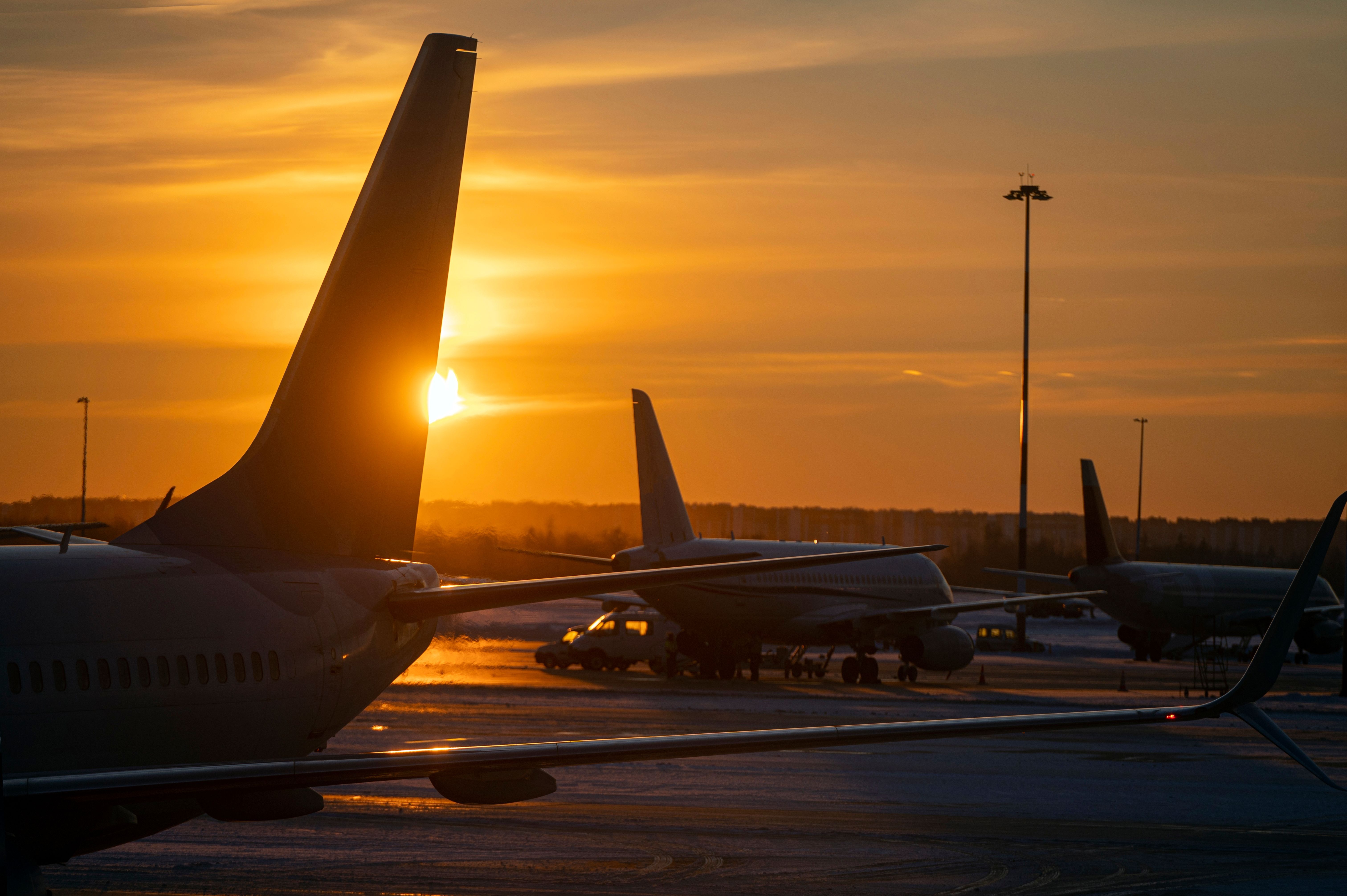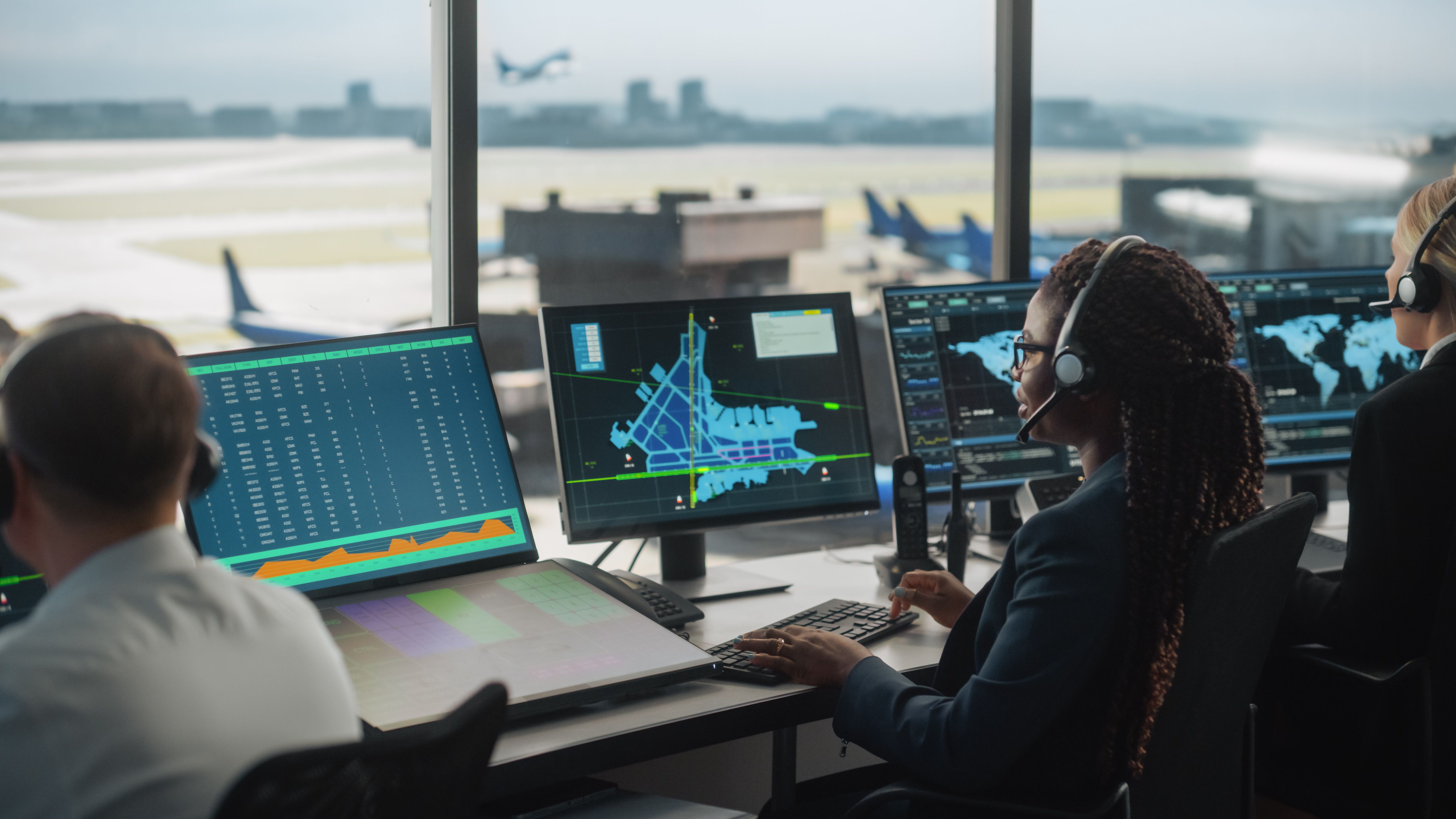Summary
- FAA seeks AI capabilities for aviation safety improvements.
- Current ASIAS system capabilities will look to be expanded with AI.
- Interested vendors must submit applications by July 2nd, 2024.
The Federal Aviation Administration (FAA) has requested information to look into advanced analytics through artificial intelligence capabilities to improve overall aviation safety and meet the FAA’s requirements for understanding factors for safety events in the National Airspace System (NAS). Market research will identify the existing capabilities and areas for growth in aviation safety and obtain industry feedback.
Further information from this period will gauge market interest, the industry’s ability, and the level of customization needed to deploy the AI capabilities into FAA infrastructuCurrentlyesent, the FAA has several capabilities within the Aviation Safety Information Analysis and Sharing (ASIAS) system. These capabilities work with several connected and disconnected systems. They are utilized for information analysis and cross-sharing of information with multiple stakeholders.

Related
How Airlines Are Revolutionizing Passenger Travel With Artificial Intelligence
From helping with flight connections to finding the next available gate for your aircraft, here’s how airlines are using AI tools.
Expanding insights
The FAA presumes a new safety AI system will expand the insights from its current sources and use the data to provide a comprehensive understanding of the factors that lead to high-risk operations and to which environment. The end product will be a custom-built analytics tool that can be widely used by direct and indirect stakeholders who work within or for the aviation industry.
Goals for the FAA have been outlined, as per SAM.GOV, which identified these key points:
- Enhance predictive analytics capabilities to identify and mitigate potential safety risks proactively.
- Leverage AI and machine learning to analyze safety data and derive actionable insights.
- Integrate various data sources to provide a comprehensive view of aviation safety factors.
- Improve the overall safety of the NAS through advanced analytics and rapid response to identified risks.
Photo: Christophe KLEBERT | Shutterstock
AI will face several safety and security constraints and challenges for its integration, including data sensitivity, data variety, time, and overall integration process. So, as part of this process, the FAA has asked for interested vendors to commit to their overall capability, current solutions and how they can be integrated, required changes to their solutions, and ability to leverage the shelf software to satisfy the FAA’s need, and how they can manage sensitive data (among several other requirements).
Interested vendors will be required to submit their applications in writing, and those chosen to proceed to the next stage may be requested to have one-on-one discussions with the FAA. Submissions must be received electronically before 17:00 on July 2nd, 2024, to the Contracting Officer at SafetyDataChallenge@faa.gov.

Related
Collins Aerospace And NATS Partner To Explore “Art Of The Possible” For AI
The two say they will be able to use aviation data “like never before.”
What do you think about artificial intelligence making its way further into aviation? Does your organization have the capability to take part? Let us know your thoughts in the comments.


